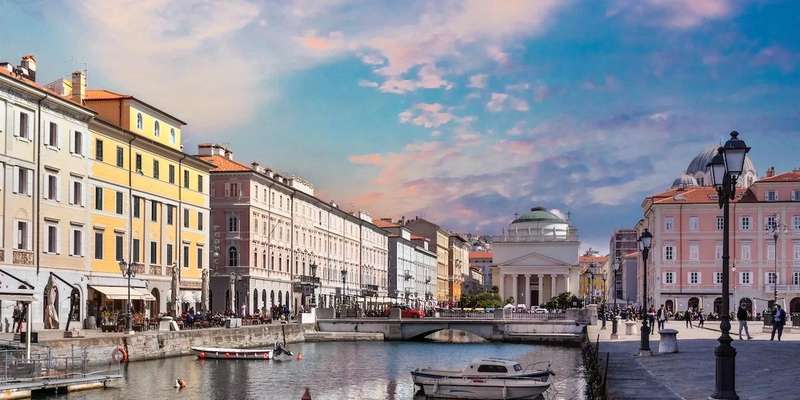- Home
- Useful Tips
- Where to find traditional...
Finding authentic Istrian cuisine in Trieste proves surprisingly difficult for visitors. Over 60% of tourist-oriented restaurants in the city center serve generic Italian dishes rather than the distinctive flavors of the neighboring Istrian peninsula. This leaves travelers craving the region's signature truffle pastas, seafood brodets, and oak-aged malvasia wine settling for imitations or missing out entirely. The frustration compounds when menus labeled 'Istrian specialities' turn out to be overpriced tourist traps, with a recent survey showing 1 in 3 visitors felt misled by such claims. For food-focused travelers, this culinary disconnect can overshadow Trieste's unique cultural blend of Italian, Slovenian, and Croatian influences. Locals know where to find the real deal – family-run konobas preserving century-old recipes just minutes from the Piazza Unità d'Italia – but these gems rarely appear on top-10 lists.


Avoiding tourist traps near the waterfront
The seaside promenade's restaurants lure visitors with Adriatic views but often serve reheated, overpriced versions of Istrian classics. Authentic fuzi pasta with truffles requires fresh, hand-rolled dough – something you'll rarely find in establishments catering to cruise ship crowds. Instead, head two blocks inland to the Cavana district, where narrow alleys hide trattorias like Buffet da Pepi, serving cured meats the old-fashioned way since 1897. Their Istrian prosciutto, aged in oak barrels from nearby forests, showcases the region's unique terroir. For a true test of authenticity, ask if they prepare maneštra – a seasonal vegetable soup that changes daily based on the market. Locals know this dish never appears on tourist menus because it can't be pre-made.
Where locals go for seafood brodet
Trieste's version of this Istrian fish stew differs from coastal Croatian recipes, featuring locally caught scorpionfish and mantis shrimp in a white wine broth. Family-run Osteria da Marino near the San Giusto cathedral prepares it using a 1940s recipe, with the catch of the day simmered with just enough tomato to maintain the broth's amber hue. Arrive before 12:30pm to secure a table – they don't take reservations but the wait rewards with portions large enough to share. For a budget-friendly alternative, the morning fish market at Ponte Rosso offers ready-to-eat brodet in paper cones from vendor Da Nino. His grandfather's method of adding a splash of local teran wine at the last moment creates a distinctly Triestine flavor profile.
Truffle experiences beyond the hype
While Istrian truffle menus abound in Trieste, most use imported products or minimal quantities. At Antica Trattoria Suban, the Nanut family has been sourcing white truffles directly from Motovun foragers since 1865. Their signature šurlice pasta – a spiral-shaped Istrian noodle – comes smothered in shaved truffles at half the price of comparable tourist restaurants. Visit during the September-November truffle season for the real deal, or try their summer truffle-infused strudel for a unique sweet-savory combination. The adjoining deli sells vacuum-packed truffle products at local prices, perfect for edible souvenirs. Pro tip: their weekday lunch menu includes a truffle starter for €8, a fraction of dinner prices.
Malvasia wine bars only residents know
Istria's signature orange wine remains frustratingly hard to find in Trieste's enotecas, which prioritize Italian varieties. The solution lies in backstreet wine shops like Vineria de Šetić, where third-generation owner Marco curates small-production malvasia from family vineyards across the border. Their €15 tasting flight compares young and barrel-aged versions alongside homemade istarski pršut (air-dried ham). For a truly local experience, visit on Friday evenings when regulars bring instruments for impromptu klapa singing sessions. Don't miss their limited-edition amphora-aged malvasia – unavailable elsewhere in the city. First-time visitors receive a hand-drawn map of nearby Istrian-owned delis selling authentic cheeses and olive oils.



